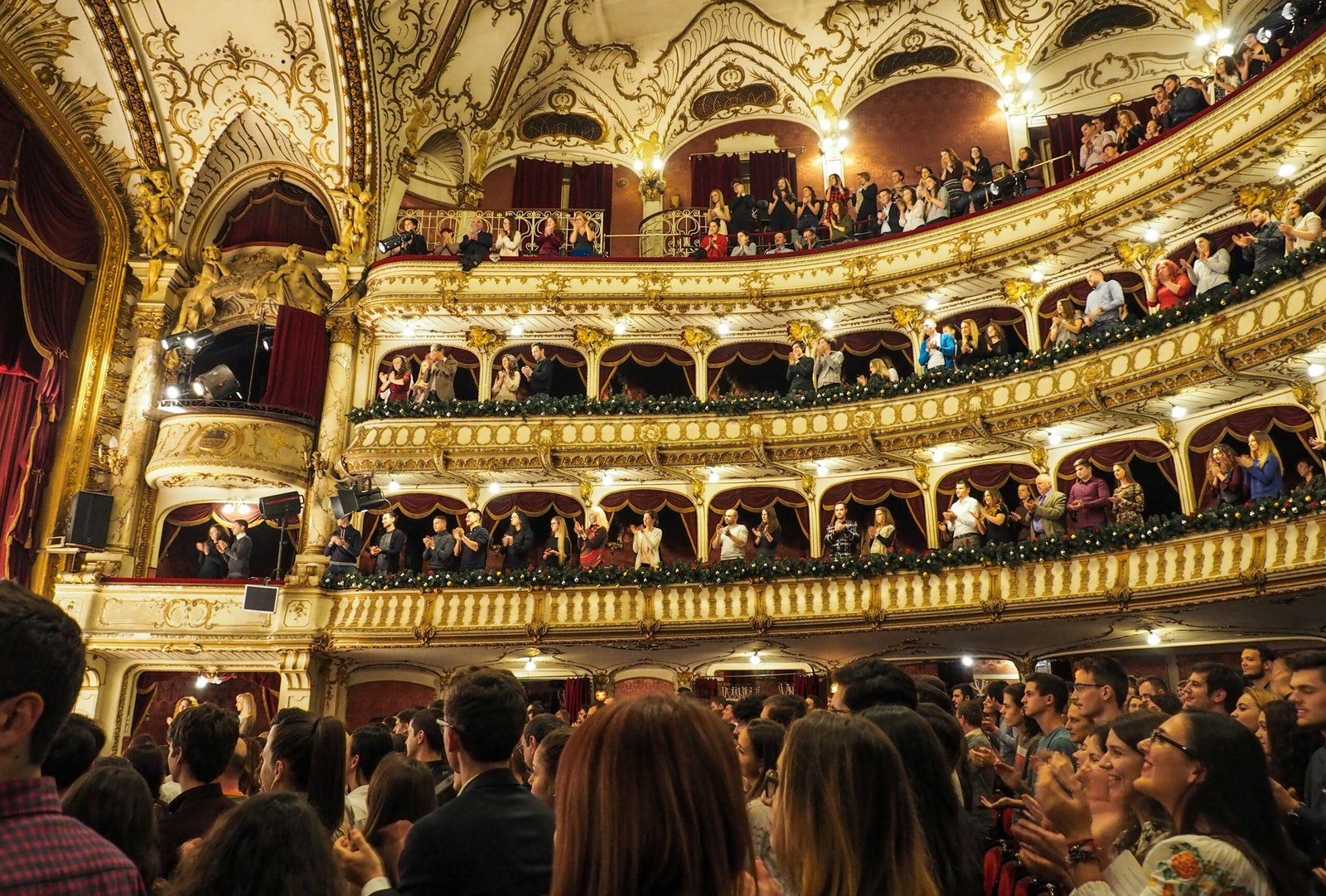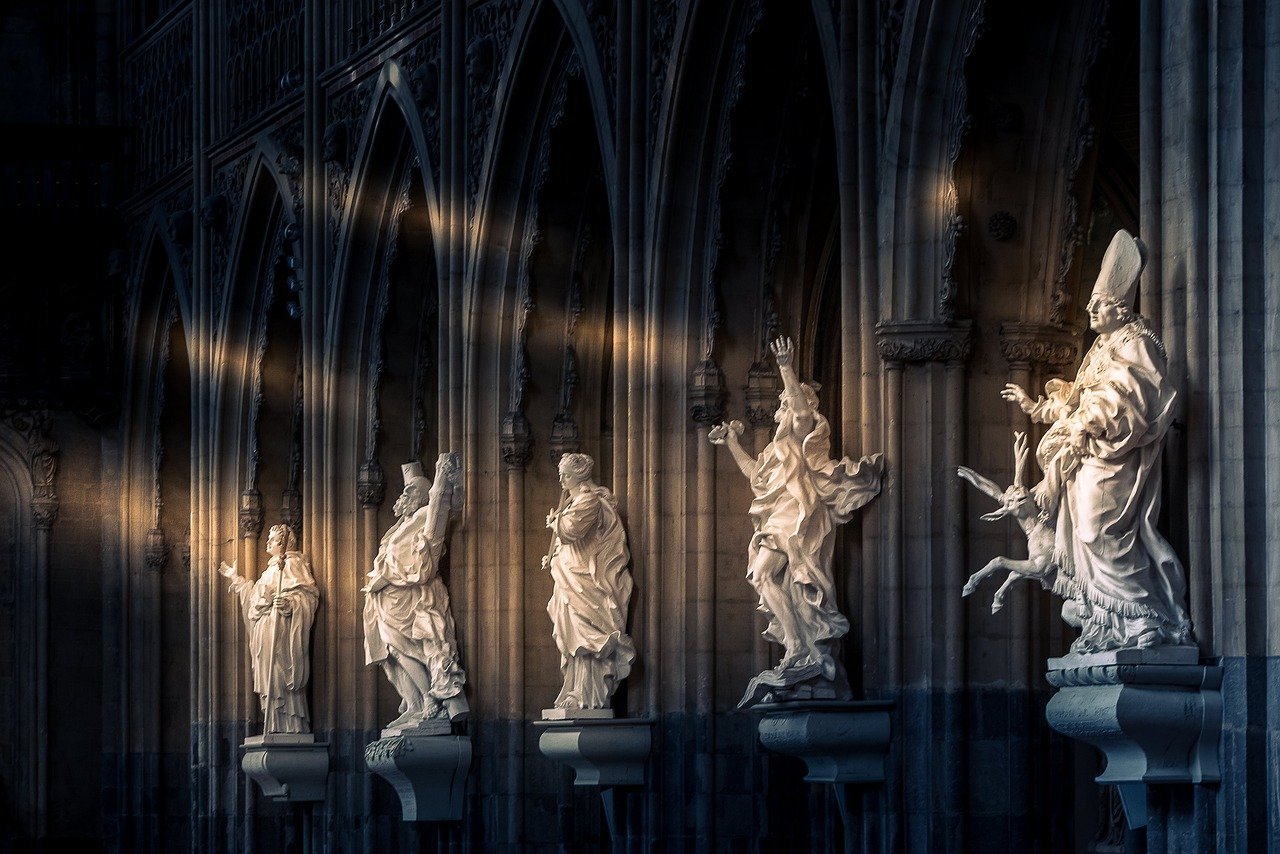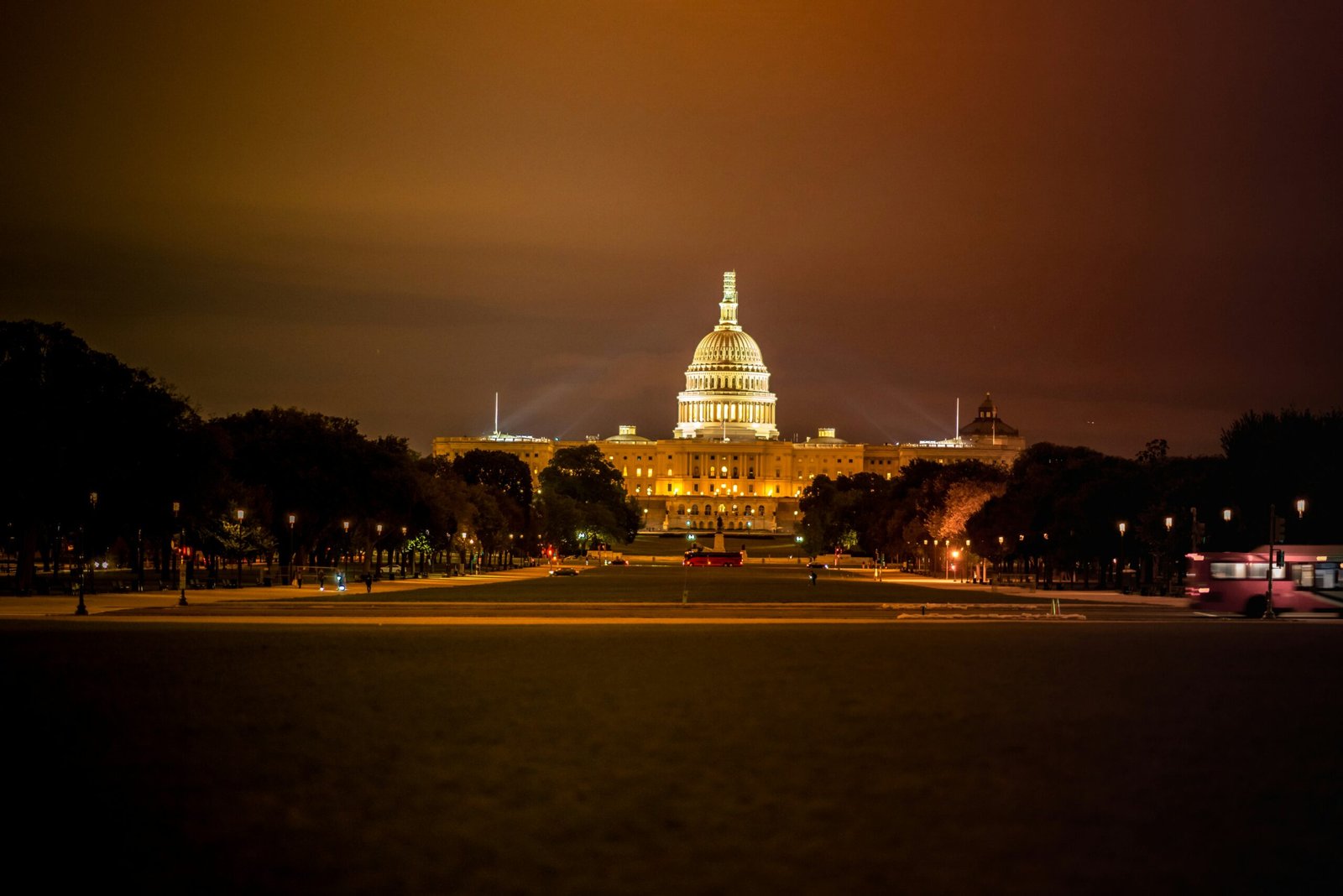Introduction to Chhatrapati Shivaji Terminus

Chhatrapati Shivaji Terminus (CST), formerly known as Victoria Terminus, stands as one of the most iconic landmarks in Mumbai. Recognized as a UNESCO World Heritage Site, CST is not merely a railway station but a symbol of the city’s rich history and architectural brilliance. Established in 1887, it was constructed to honor Queen Victoria’s Golden Jubilee, but its name was later changed to commemorate the illustrious Maratha king, Shivaji Maharaj. This renaming reflects the deep cultural significance that Shivaji holds in Maharashtra and India as a whole.
The design of CST is an exquisite blend of Victorian Gothic Revival and Indian architectural styles, which is evident in the ornate details adorning the building. The terminus features majestic domes, pointed arches, and intricate stone carvings that illustrate both British and Indian influences. The use of local materials and craftsmanship offers a unique touch characteristic of the region, making it a true architectural marvel that attracts millions of tourists and locals alike.
As a vital railway hub, Chhatrapati Shivaji Terminus is one of India’s busiest train stations, serving the suburban and long-distance rail networks. It plays a crucial role in facilitating daily commutes for thousands of people while also acting as a gateway for visitors to explore Mumbai and its diverse culture. The station is not just a transit point; it embodies the spirit of the city, reflecting its bustling life and historical depth. In this context, CST stands as a living testament to Mumbai’s evolution through the years, symbolizing both resilience and progress.
Architectural Wonders of CST

Chhatrapati Shivaji Terminus (CST) stands as a remarkable illustration of architectural brilliance, showcasing a harmonious blend of Victorian Gothic Revival and Indo-Saracenic styles. Designed by the British architect Frederick William Stevens, its construction began in 1878 and was completed in 1888, coinciding with the completion of the Indian railway system. One cannot overlook the stunning central dome that dominates the structure, offering both aesthetic grandeur and a sense of historical significance. This impressive dome, coupled with pointed arches and intricate detailing, reflects the fusion of Western and Indian architectural elements.
As visitors approach CST, they are greeted by a façade adorned with intricate stone carvings that depict various motifs, including flora and fauna, as well as historical figures significant to Indian heritage. This attention to detail not only serves to beautify the building but also narrates a story of cultural amalgamation. Standing tall in this architectural ensemble is the grand clock tower, which further enhances the skyline of Mumbai. This clock tower, a minor yet significant element, symbolizes the passage of time and serves as a reminder of the station’s integral role in the city’s transportation history.
Inside CST, the artistic design continues to impress. The interiors boast elaborately decorated ceilings and glazed tiles that evoke an atmosphere of elegance and functionality. Notable sculptures can be found throughout the space, which not only adds to the artistic value but also fosters a connection between the present and the past. Each architectural feature of CST contributes to its esteemed reputation as a masterpiece of 19th-century architecture, drawing admiration from architects, historians, and tourists alike. The terminus stands not just as a transportation hub but as a testament to the architectural vision of a bygone era.
CST: A Hub of Transport and Culture

Chhatrapati Shivaji Terminus (CST), a UNESCO World Heritage Site, stands as a vital transportation nexus in Mumbai, catering to millions of passengers every day. This historic railway station is not just an architectural marvel but also a key player in the intricate local train network of the city. As one of the busiest train stations in India, CST operates numerous trains that connect diverse regions, making it an indispensable part of Mumbai’s extensive public transport system.
The significance of CST extends beyond its operational capabilities. It serves as a conduit for commuters traveling across the city and to distant destinations, effectively linking different states and cultures. The station handles both local and long-distance trains, facilitating seamless connectivity to the rest of the country. This operational excellence not only eases the daily commutes of countless individuals but also bolsters the economy by supporting commercial activities throughout the region.
Amid its bustling environment, CST is a cultural hub that hosts various events and festivals. The station often comes alive with vibrant celebrations, showcasing the rich cultural tapestry of Mumbai. Events such as art exhibitions, music performances, and heritage walks take place, fostering a sense of community and enhancing the travel experience for commuters and tourists alike. The integration of cultural activities within the station underscores CST’s role not only as a transport facilitator but also as a space that nurtures artistic expressions and local traditions.
In essence, the Chhatrapati Shivaji Terminus is more than just a railway station; it is a dynamic symbol of Mumbai, embodying both its historical significance and contemporary vibrancy. As a crucial link in the city’s transport network and a venue for cultural expression, CST truly encapsulates the essence of urban life in Mumbai.
Visiting Chhatrapati Shivaji Terminus: Tips and Recommendations

Chhatrapati Shivaji Terminus (CST) is not just a key part of Mumbai’s railway network; it’s a stunning architectural landmark. This historic site draws visitors year-round. For the best experience, visit early in the morning or late afternoon. These times offer soft lighting for photography and a peaceful atmosphere before crowds arrive.
Getting to CST is easy, thanks to Mumbai’s public transport system. Local trains and the Mumbai Metro conveniently stop at CST. Taxis and auto-rickshaws are also available. For a more adventurous option, take a walk from nearby attractions like the Gateway of India. This stroll offers a great glimpse of Mumbai’s vibrant streets.
Photography enthusiasts will love CST’s grand clock tower and intricate stone carvings. Capture the energy of commuters bustling through the station. For striking photos, visit during the golden hour before sunset. This time provides the best light to highlight the station’s rich heritage. Don’t forget to explore nearby viewpoints for even more impressive shots of this UNESCO World Heritage site.
Consider taking a guided tour to learn more about CST’s rich history. These tours often include exhibits that tell the story of the station’s role in connecting regions. After your visit, check out nearby attractions like the Flora Fountain and Bombay High Court. These sites offer more cultural and historical insights.
With careful planning, you can fully appreciate the beauty and charm of Chhatrapati Shivaji Terminus. It’s a must-see for anyone exploring the vibrant city of Mumbai.










